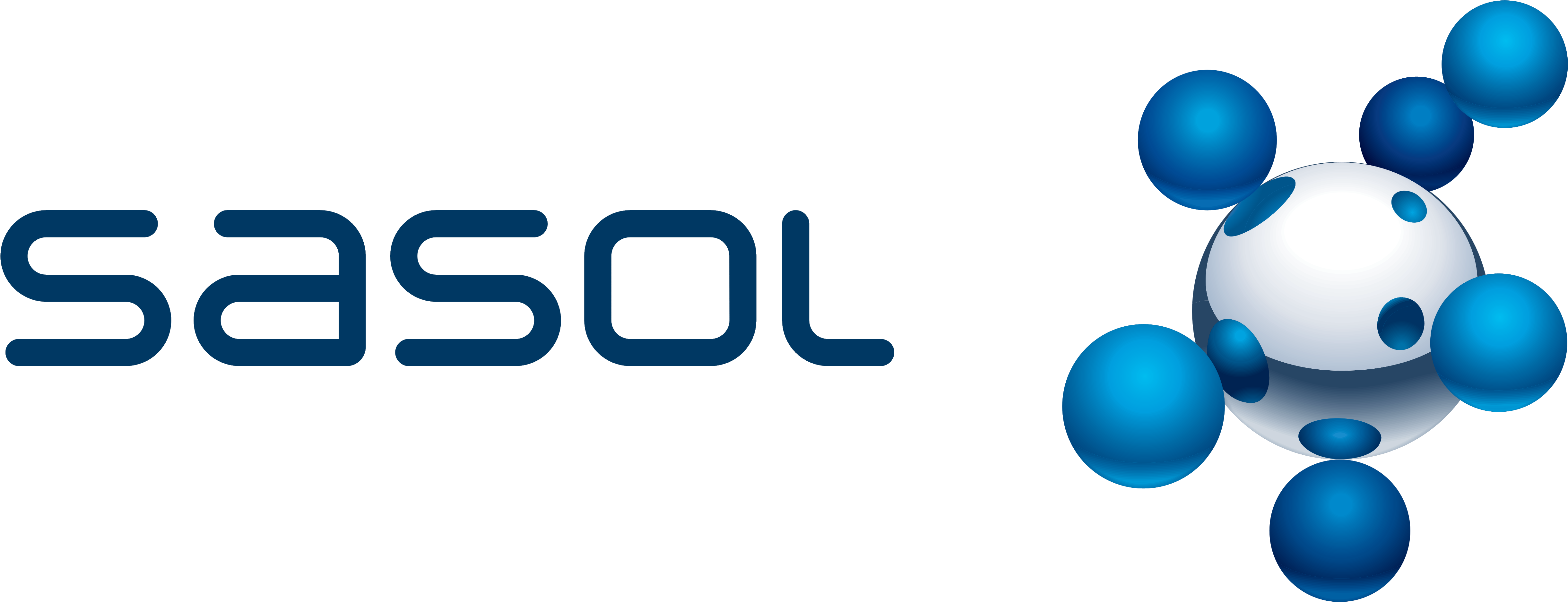In the few short weeks since we explored the concept & implementation of “Green Maritime Corridors” at Ammonia Energy, we’ve seen a flurry of significant players express their interest in the space. Here we explore announcements from the Castor Initiative, the European Green Corridors Network, and the news that Singapore will become a signatory to the Clydebank Declaration for Green Shipping Corridors.
Global
Article
Ammonia energy financing update: March 2022
This week we explore some recent funding announcements for ammonia energy:
- New York-based Amogy receives backing from Amazon and the Empire State Development Fund.
- Haldor Topsoe reaches an agreement with the European Investment Bank for a €45 million loan to support R&D initiatives.
- Israel-based H2Pro closes a $75 million funding round to develop its proprietary water splitting technology.
- Hy2gen closes a €200 million investment round for construction of its green e-fuel facilities, including two green ammonia projects in Norway and Canada.
- and Australia-based Jupiter Ionics receives $2 million in government funding for development of its electrochemical synthesis technology.
Article
Closing the Gap for Zero-Emission Fuels
In January 2022, UMAS and the Getting To Zero Coalition (GtZC) released a report with policy options for closing the competitiveness gap between conventional & future maritime fuels. Such measures will be necessary to enable an equitable transition to zero-emissions shipping. So how might these potential policy routes may impact and enable the scaling of maritime ammonia?









